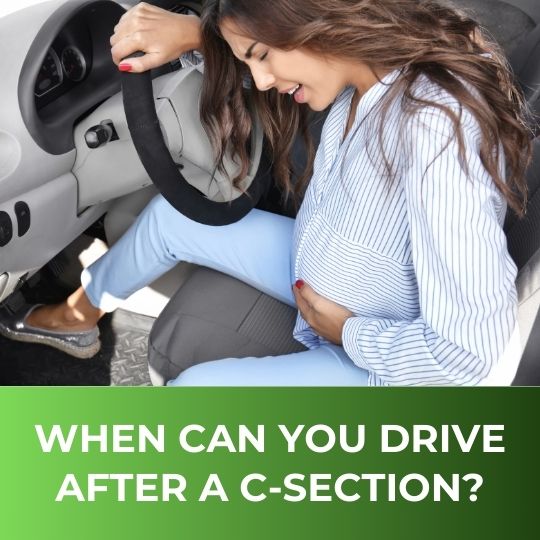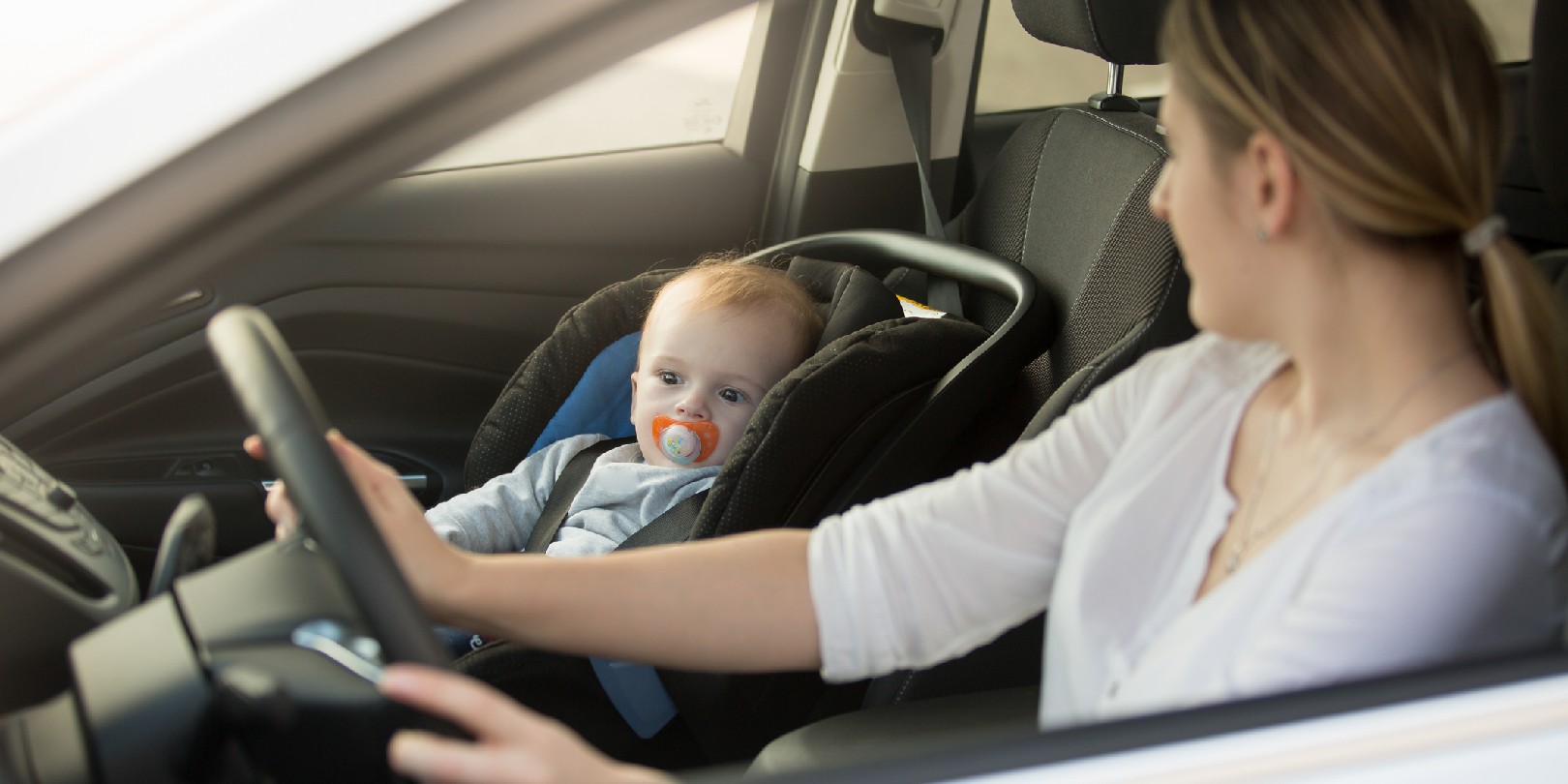How Long Can You Drive After Eye Surgery You won t be able to drive after cataract surgery until you meet the DVLA requirements for vision being able to read a number plate at 20 5 meters with
Sep 2 2024 nbsp 0183 32 How soon can I drive after laser eye surgery It is recommended to wait at least 24 hours after laser eye surgery before driving However it is Feb 26 2025 nbsp 0183 32 During first 48 hours after surgery it s important not to bend over or put your head below your waist This can increase eye pressure and interfere with healing Also be as gentle
How Long Can You Drive After Eye Surgery

How Long Can You Drive After Eye Surgery
https://www.healthywomenchannel.com/images/articles/C-Section-Drive1.jpg
Shagun Aggarwal How Soon Can You Drive After Surgery DISCLAIMER
https://lookaside.instagram.com/seo/google_widget/crawler/?media_id=3440162380238604445

When Can You Start Driving After C Section MightyMoms
https://www.mightymoms.club/review/wp-content/uploads/2023/04/can-you-drive-after-c-section-mighty-moms.jpg
Mar 23 2025 nbsp 0183 32 Most LASIK patients experience 80 90 of their healing within just 24 hours after surgery Timing plays a significant role for driving after laser eye surgery LASIK patients Mar 20 2025 nbsp 0183 32 How Soon Can You Drive After Laser Eye Surgery The short answer is typically 2 3 days after surgery provided your vision meets the legal driving standard In the UK this
Oct 22 2023 nbsp 0183 32 During your first follow up appointment usually one or two days after surgery your doctor will tell you if you need to wait longer Around nine in 10 patients can see well Learn about the recommended recovery time before you can drive after LASIK surgery a popular laser eye surgery for vision correction
More picture related to How Long Can You Drive After Eye Surgery
:max_bytes(150000):strip_icc()/GettyImages-1419204306-f46f837325ee4e8b9727f3ca4444d2b1.jpg)
Electromyography EMG Uses Side Effects Procedure Results
https://www.verywellhealth.com/thmb/zVIy15rb7C7HJVpGQBFRPOdfHbs=/1500x0/filters:no_upscale():max_bytes(150000):strip_icc()/GettyImages-1419204306-f46f837325ee4e8b9727f3ca4444d2b1.jpg

Can You Drive After One Beer
https://i.pinimg.com/736x/05/7f/c1/057fc176cb0e403e6124401604f893c6.jpg
:max_bytes(150000):strip_icc()/Subway-Footlong-Cookie-FT-BLOG1123-b11dc804d2db407b994092cca8528e6b.jpg)
New Subway Sandwich 2024 Calendar Jade Rianon
https://www.foodandwine.com/thmb/rKA5GyXk759a4HuxeXwcYLpJB_c=/1500x0/filters:no_upscale():max_bytes(150000):strip_icc()/Subway-Footlong-Cookie-FT-BLOG1123-b11dc804d2db407b994092cca8528e6b.jpg
Jan 15 2024 nbsp 0183 32 In summary the question of How long after laser eye surgery can you drive depends on various factors including the type of surgery In short to answer the question you Should NOT drive on the day of your LASIK surgery it s not safe or advisable Can drive the next day if necessary in the absence of pain halos glares
Apr 8 2025 nbsp 0183 32 How soon can I drive after cataract surgery Most patients are back behind the wheel within 1 3 days provided they meet DVLA visual standards and feel safe and confident How soon can I drive after cataract surgery Most individuals can resume driving within a week following a medical clearance that confirms improved vision What should I do if my vision is

What To Expect For SMILE Eye Surgery Eye Laser Specialists
https://eyelaserspecialists.com.au/wp-content/uploads/2024/03/can-you-drive-after-laser-eye-surgery.jpg

What Are The LASIK Risks Eye Laser Specialists
https://eyelaserspecialists.com.au/wp-content/uploads/2024/03/can-laser-eye-surgery-fix-myopia-melbourne.jpg
How Long Can You Drive After Eye Surgery - Aug 1 2023 nbsp 0183 32 The short answer is you cannot drive immediately after cataract surgery You will need someone to come to your surgical appointment and drive you home Typically the
